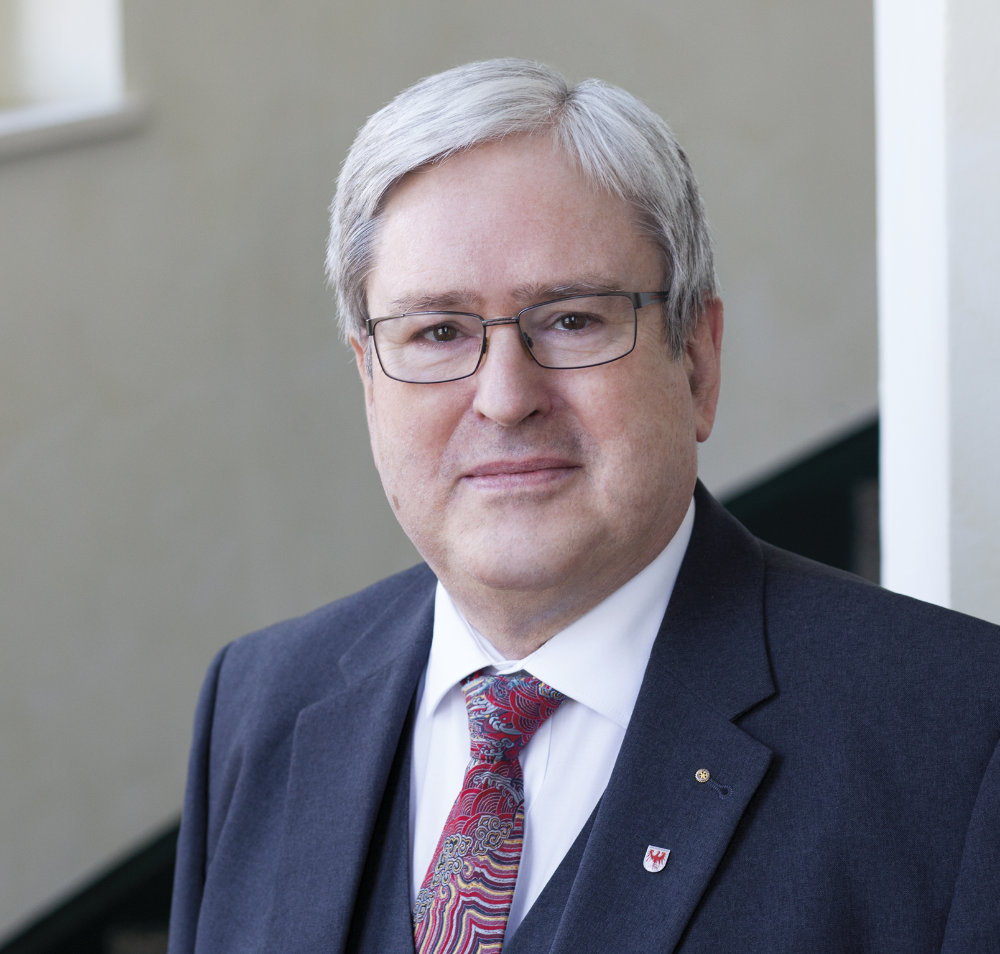
Interview with Jörg Steinbach
„In the summer of 2020, Brandenburg, together with the states of Saxony and Saxony-Anhalt, released the “Wasserstoff-Eckpunktepapier der drei ostdeutschen Kohleländer” [Hydrogen position paper of the three eastern German coal-producing states]. It contains the key joint statements on the questions of why we both want to and must take a closer look at hydrogen, the potential that we see and what we have identified as the focus areas of our political actions. At its core, this position paper is an energy policy strategy paper—even if this is not explicitly stated.
From this position paper we decided to develop a hydrogen roadmap for Brandenburg and the metropolitan region that is based on a very wide-ranging stakeholder process. This “targeted hydrogen strategy” is currently being discussed within the government and is expected to be resolved by the state cabinet in November before being published.“
„The ‘doing hydrogen’ H2 pipeline is the H2 artery for consumers along the East Brandenburg hydrogen region. It connects producers of green as well as turquoise hydrogen with consumers from industry and transport. The Brandenburg companies ENERTRAG and CEMEX will be involved in the Brandenburg section of the initial H2 pipeline network, which passes to the west of Berlin. Planning the route to the east of Berlin would have been more beneficial for Brandenburg overall in order to ensure the connection of additional industrial centres, such as the refineries in Schwedt, the energy transition laboratory in Ketzin, the smelting works for steel production in Eisenhüttenstadt, the chemicals plants in Schwarzheide as well as the power plants in Lusatia. The aforementioned sites in the industrial value chain are extremely important for Brandenburg. The expansion and connection of the ‘doing hydrogen’ H2 pipeline to the aforementioned industrial centres are essential levers for developing a regional as well as national H2 network.“
„Specific initial uses of H2 are primarily expected in the mobility sector and in pilot projects for industrial decarbonisation. Local H2 generation structures, using regional renewable electricity plants, are an appropriate approach to cover these primarily regional demands. But this requires a significant increase in the capacities to generate renewables, including in Brandenburg. The limited availability of green power is the limiting variable in the question of how much green hydrogen we can produce to cover our demand in and for Brandenburg.
Besides electrolysis, I believe that pyrolysis (turquoise hydrogen) needs to be considered as an additional climate-neutral H2 technology, particularly to cover the large-scale H2 demand in industry.
As a result, the expectation is that the overall demand for hydrogen will not be able to be covered from regional production alone. Imports may become necessary. The state and federal government are working together with stakeholders from business to erect the infrastructure required for H2 imports (H2 networks, stores).“
